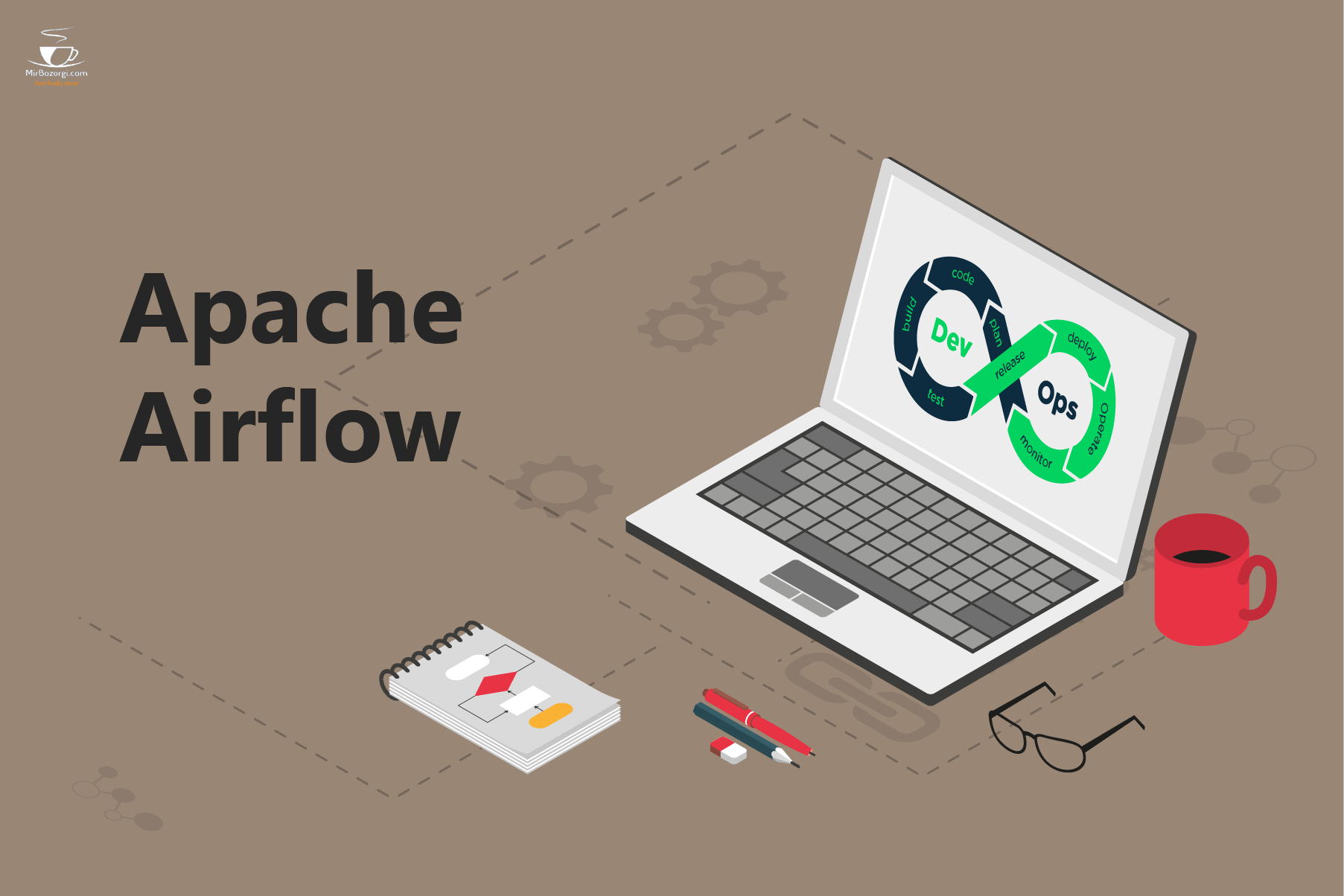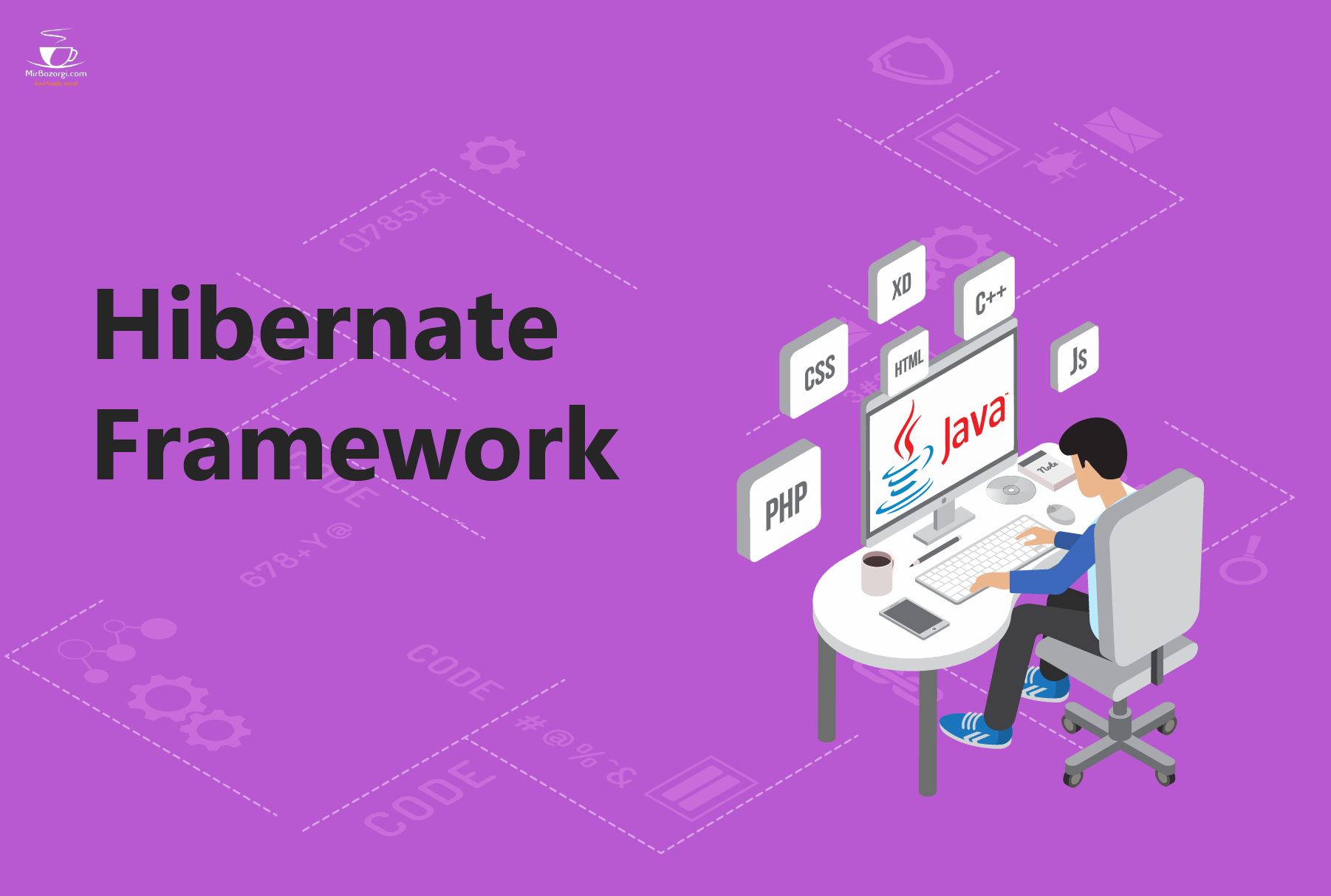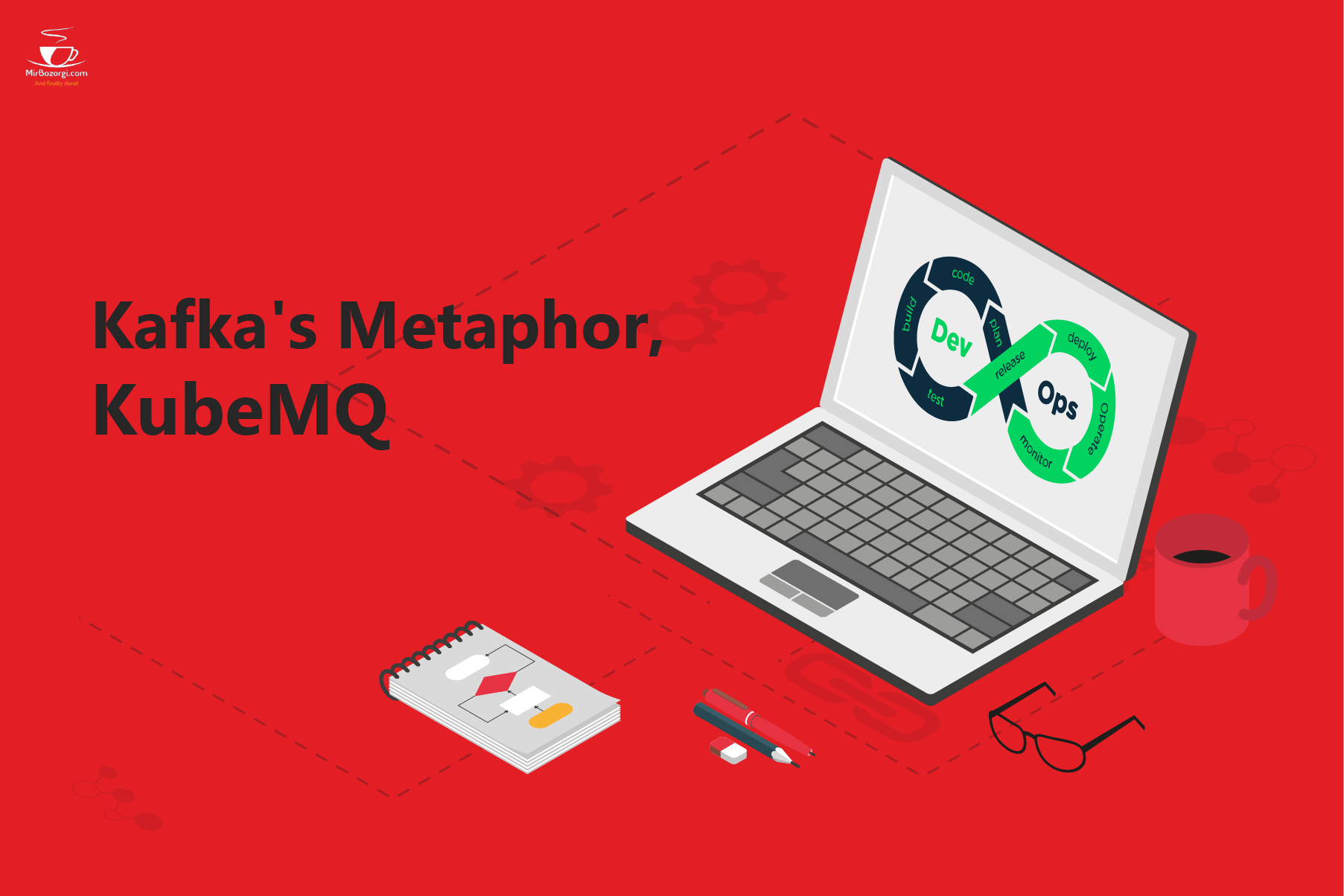What you read in this article:
When to use Apache Cassandra, Kafka, Spark and Elasticsearch and when not to use?
To be effective, every technology decision must meet two criteria: it must enable you to meet your business objectives, and it must work well with the rest of your technology stack. Data-layer technologies like Apache Cassandra and Kafka and Apache Spark and Elasticsearch are becoming increasingly popular as foundations for application architectures built on top of them.
However, they may not be the best suitable option in all situations.
In this article, we’ll delve deeper into each of these open source technologies and examine some of the use cases that are and are not advantageous.
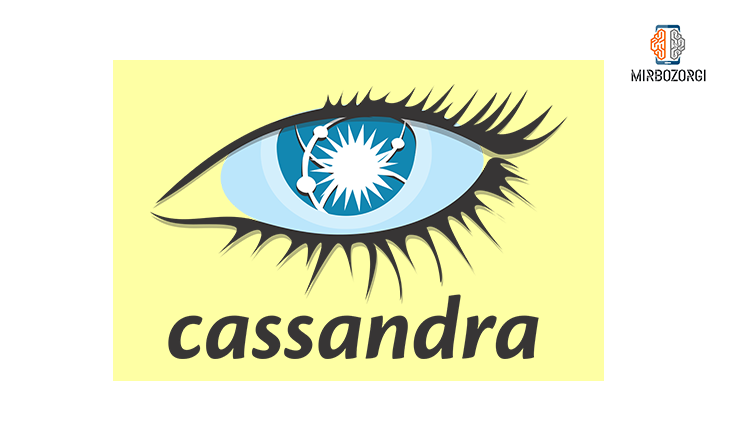
Cassandra is a NoSQL data store with high availability and scalability that Facebook originally developed in 2007 using a Dynamo architecture and a Bigtable-style data model.
Apache Cassandra: When Should You Use It?
Cassandra is a great option for use cases that demand the highest possible level of availability, even when the system is not actively used. With the database, organizations that expect heavy workloads can be sure that their services can expand flexibly as workloads rise (and thus need Cassandra’s easy scalability). Active-active operations and reliable redundancy are key features of Cassandra.
When It’s Not Suitable for You
When used for data warehousing or pure analytics storage, Cassandra consumes more resources than alternatives (even factoring in the use of available Spark connectors and Tableau and Hadoop plugins). Also, Cassandra is unsuitable for real-time analytics, such as end-user ad-hoc or custom queries, because it is required to implement code on the application side. Furthermore, Cassandra fails to meet the majority of ACID specifications.
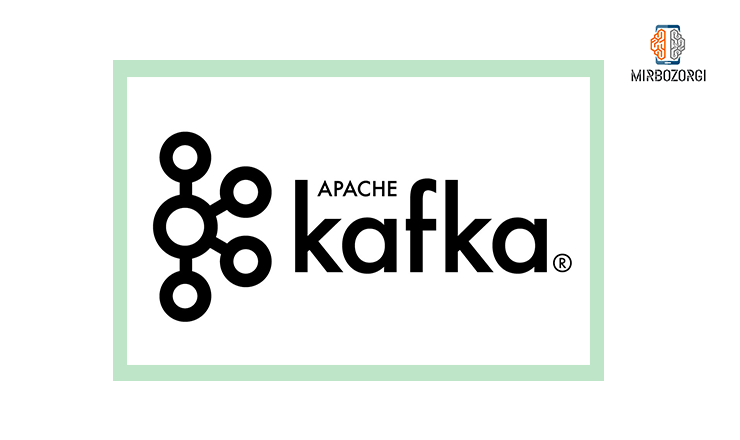
Apache Kafka
Apache Kafka, originally developed by the LinkedIn technical team, is a streaming platform and message bus that is both highly scalable and highly available. When new messages arrive, they are added to the head of a queue and consumed by readers (consumers) based on an offset. This is how Kafka works as a distributed log.
Apache Kafka: When to Use It
Using Apache Kafka with microservices and service-oriented architecture is generally a good idea. If you want to use Kafka to reserve compute power by listening and waiting for work to arrive, you can use it as a highly effective work queue. The platform’s stream processing capabilities come in handy when it comes to detecting anomalies and aggregating metrics. Kafka is also a powerful option for sourcing events, reconciling data across microservices, and supplying a distributed system with an external commit log. Log aggregation, data filtering and masking, fraud detection, and data enrichment are also appropriate to use cases.
When It’s Not Suitable for You
Without a complete understanding of the limitations and features of Kafka for this use case, it is not recommended to use Kafka as an actual database or source of records. Using a real database almost always results in better performance and greater adaptability. The use of Kafka is similarly misguided when trying to process information in chronological order across multiple topics. Kafka should be avoided in any situation where advancing data packets to the destination quickly is a requirement, such as real-time audio and video or other lossy data streams.
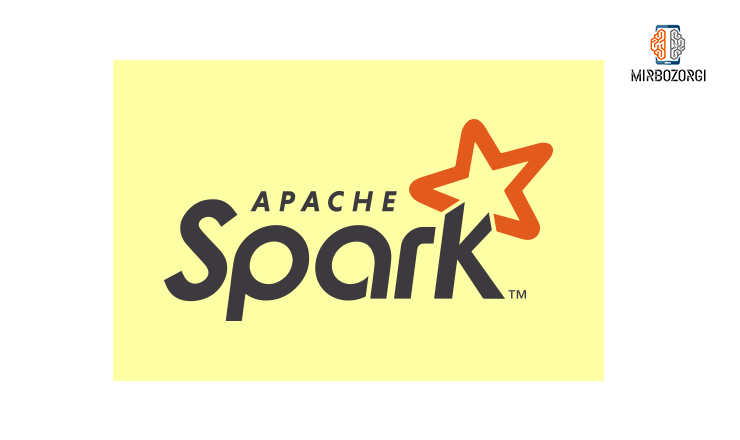
Apache Spark
Designed for large data volumes, Apache Spark is a general-purpose cluster computing framework. It divides data into segments and performs computation on each segment, allowing workers to complete all work before requesting data from other workers. Spark’s scalability and availability are greatly enhanced as a result of this design, as is its resistance to data loss.
When Apache Spark Should Be Used
For large-scale analytics, Spark is well-suited, especially when data comes in from multiple sources. Using Spark to populate a data warehouse or a data lake from the transactional data stores, or in one-time cases like database or system migrations, is a powerful solution for ETL or any other use case that involves moving data between systems. This software is well-suited to enterprises building machine learning pipelines on top of existing data, working with high-latency streaming, or performing interactive analyses such as ad-hoc or exploratory. From a compliance perspective, data masking, data filtering, and auditing of large data sets are all capabilities of Spark that make it well-suited for helping organizations meet their compliance requirements.
When It’s Not Suitable for You
Spark isn’t the best choice for real-time or low-latency processing use cases in general. This includes real-time stream processing, which is best achieved with Apache Kafka or other technologies that provide excellent end-to-end latency.) Spark is often an overkill when dealing with small or single datasets. While products for Apache Spark exist, it is preferable to use a higher-level technology for data warehouses and lakes.
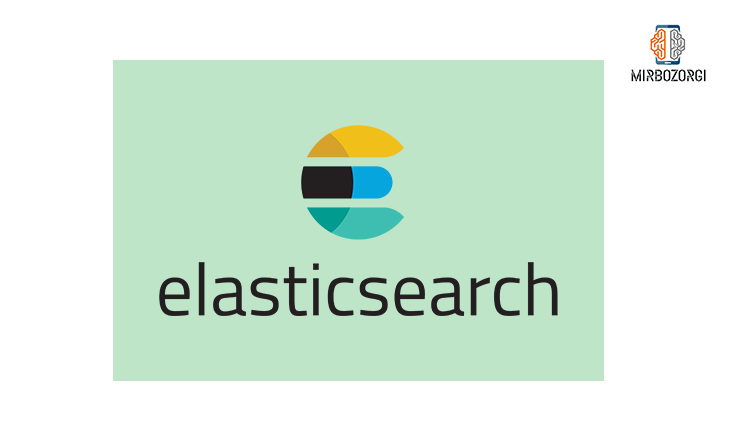
Elastic search
Unstructured data can be searched and analyzed using Elasticsearch’s full-text search engine. As a result of the advancements in technology, users now have access to fast, scalable linear search, robust search replacement, and powerful analytics.
When should we use Elasticsearch
Full text search, geographic search, scraping public data, log logging, and analytic visualizations are all capabilities that Elasticsearch is well-suited to.
When It’s Not Suitable for You
Elasticsearch should not be used with relational data or to meet ACID requirements as a database or source-of-record.
Selecting complementary technologies
In order to choose the best combination of technologies for your organization (whether open source or otherwise), decision-makers must also envision how their organization will adopt and use each solution as part of their technology stack. They must evaluate the solutions themselves. Elasticsearch, Apache Kafka, Apache Spark, and Elastic Cassandra all work well together because they are free of license fees and vendor lock-in, making them a great choice for organizations. Organizations and companies can achieve their goals and enable the development of highly scalable, available, portable, and resilient applications by combining these technologies and realizing their combined advantages. In general, all of these Open source Apache technologies have their own unique use for special purposes. It’s up to you to use them for the application you are building or not.
And in the end,
Mirbazorgi’s website aims to help you learn and fix your problems by providing articles and practical experiences. Email me if you have any questions.



